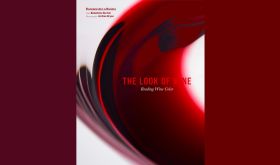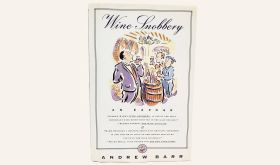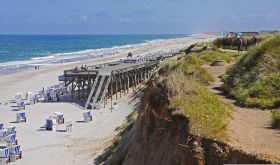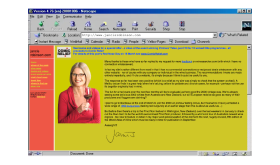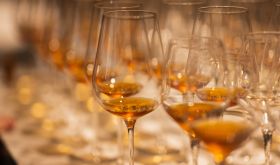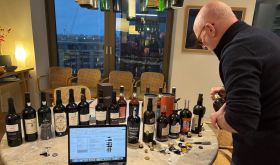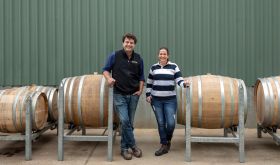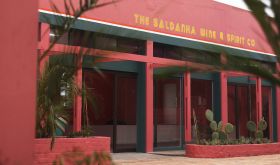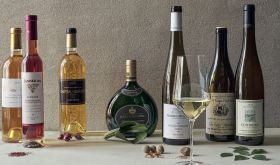12 January We're republishing this free as part of our Throwback Thursday series. See Tam on Monty and biodynamics below.
5 January This was originally published for members of Purple Pages.
Riesling Rediscovered
Bold, Bright, and Dry
John Winthrop Haeger
University of California Press
£27.95, $39.95

The heterogeneity of wine writers has never struck me so forcibly as during these reviews. From chiropractors to lawyers, they come at wine from every possible angle and background. John Winthrop Haeger is no exception. He has...



